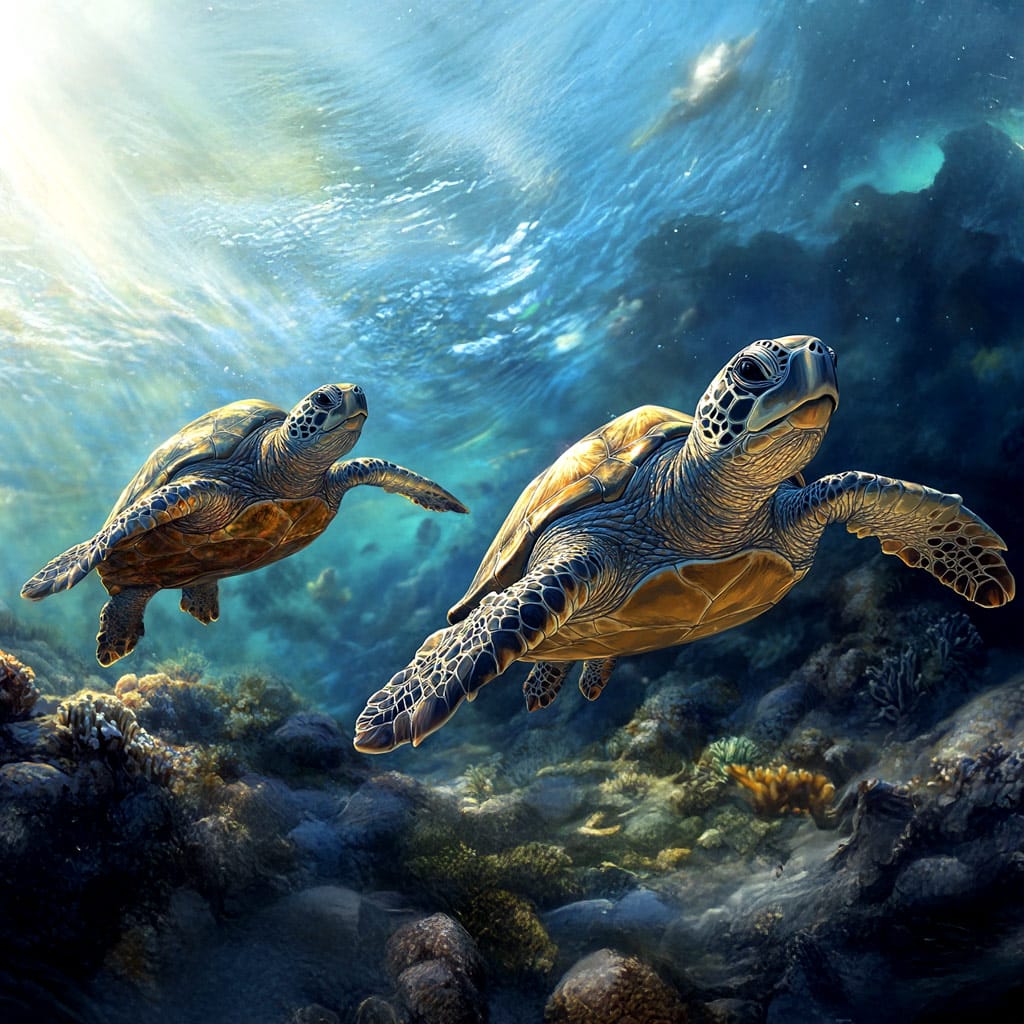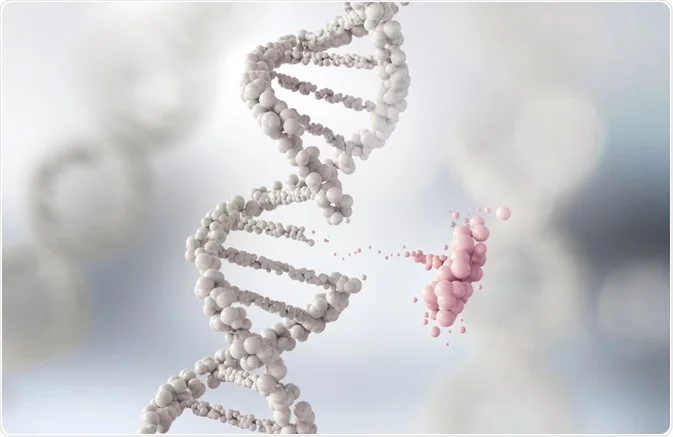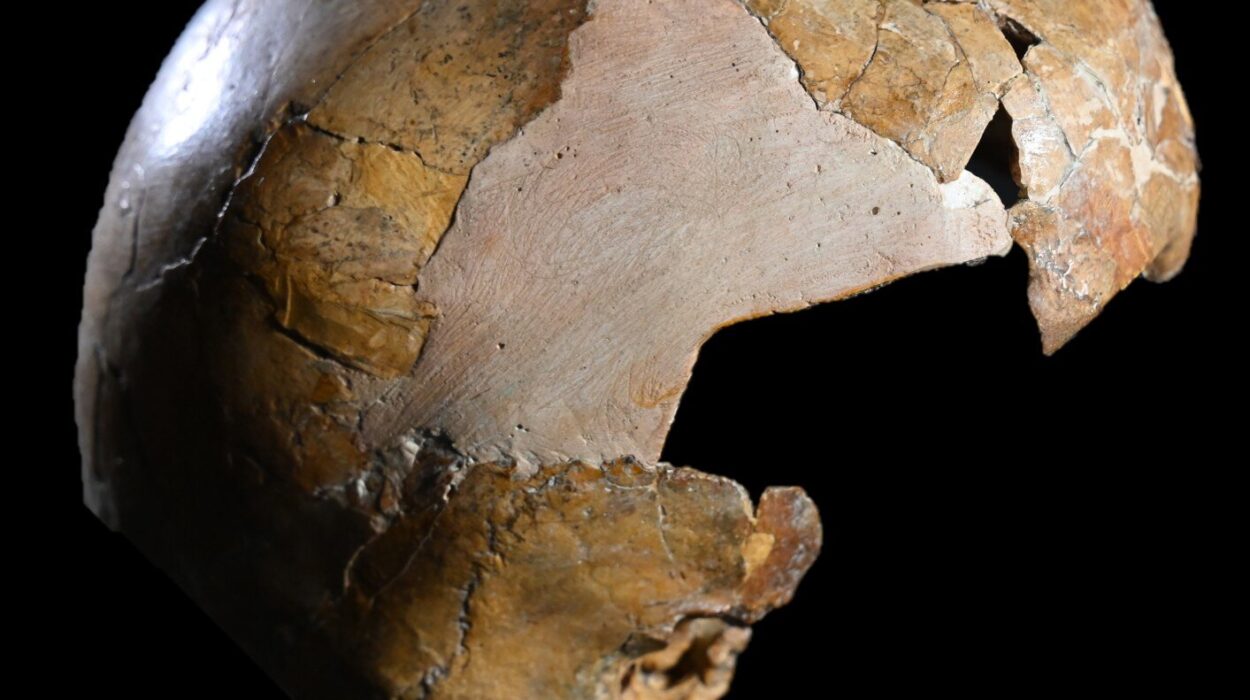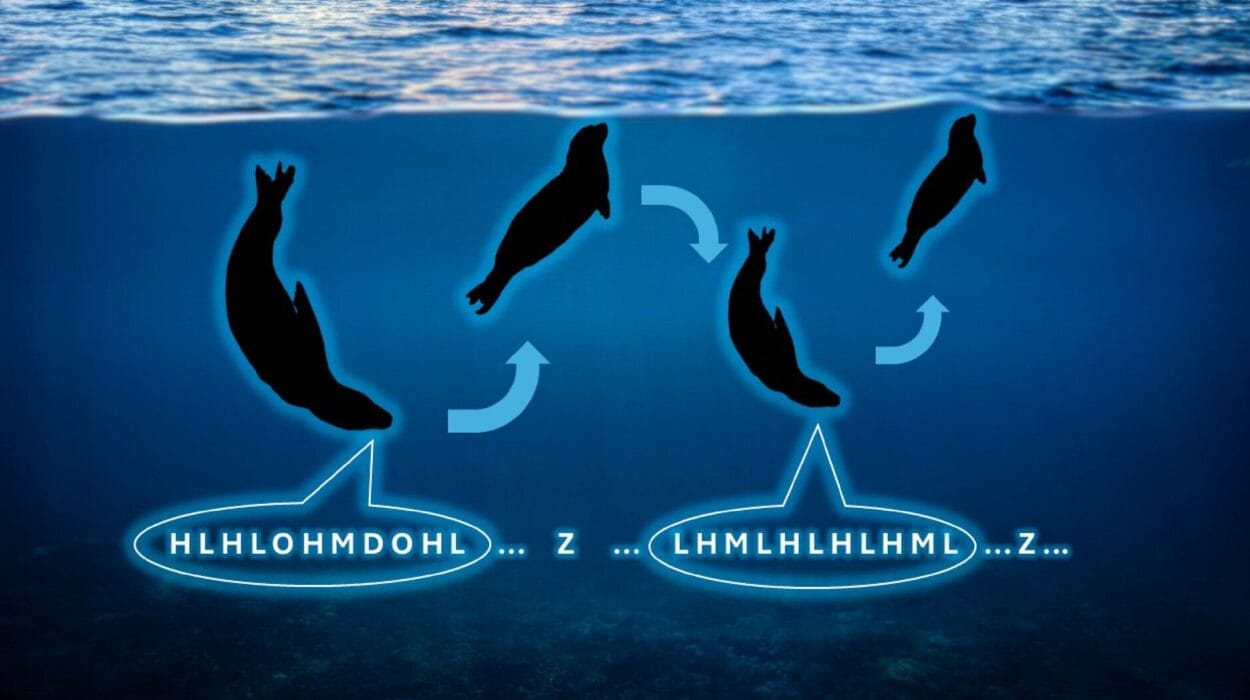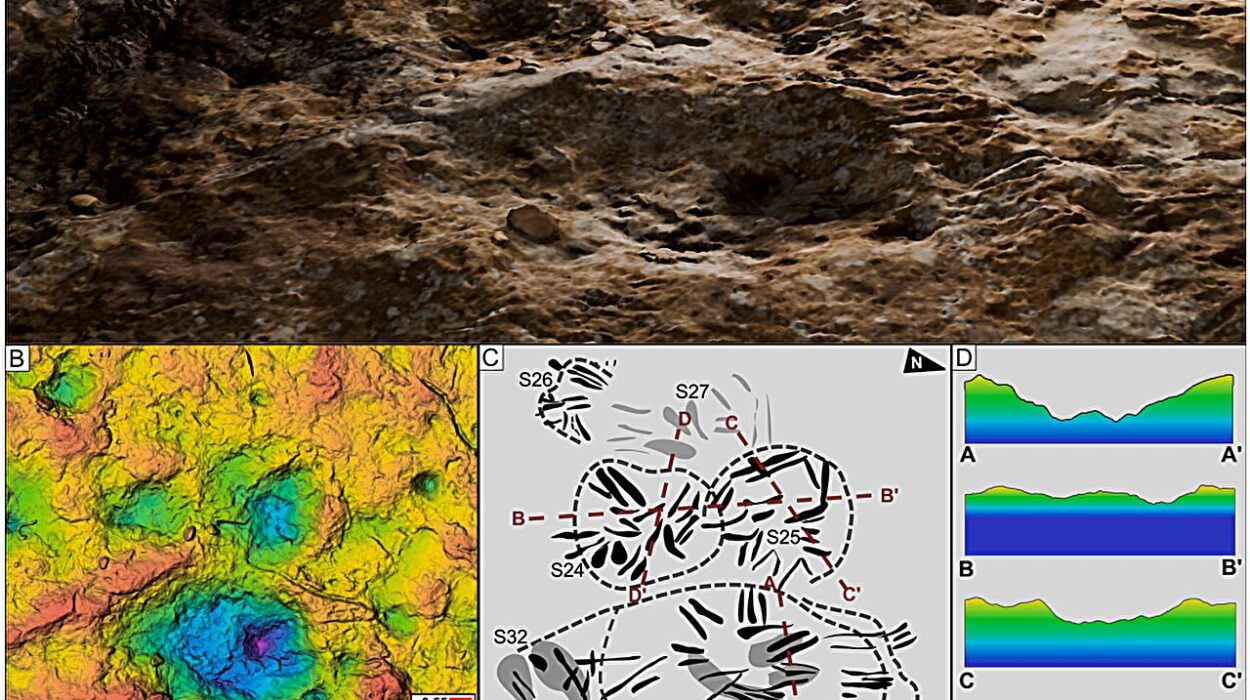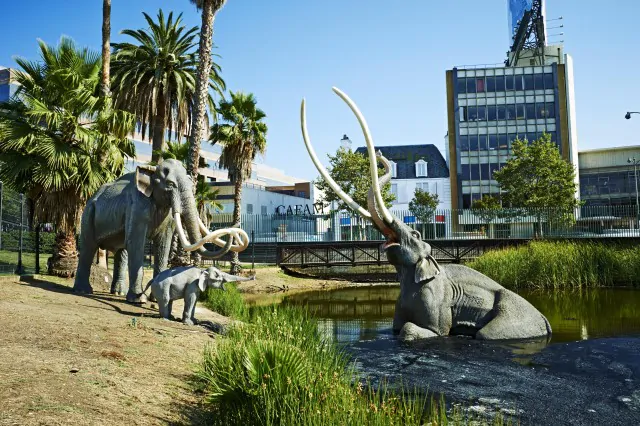On a quiet moonlit beach, a dark shape emerges from the surf, dragging itself slowly onto the sand. It is a female sea turtle, perhaps a hundred kilograms in weight, her flippers awkward on land but powerful in the water. She has traveled thousands of kilometers through open ocean, evading predators, crossing currents, and navigating the vast blue wilderness of the sea. Now, after years—sometimes decades—away, she has returned to the very same beach where she was born to lay her own eggs.
This astonishing act, known as natal homing, is one of the most extraordinary phenomena in the animal kingdom. It defies human understanding of memory and orientation. How can a creature return to a precise location on Earth, often after traveling across entire ocean basins? The mystery of sea turtle navigation is not only a tale of ancient evolutionary adaptation but also a story of the fragile interconnectedness between life, the sea, and the land.
Sea turtles have roamed the world’s oceans for more than 100 million years, surviving mass extinctions, climate shifts, and dramatic continental changes. There are seven species of sea turtles alive today, and all share a remarkable reproductive trait: they return to the beaches of their birth to lay eggs. To do this, they must complete long-distance migrations that stretch for thousands of kilometers and span several years, all without the benefit of maps, landmarks, or GPS. The science behind how sea turtles achieve this is slowly unfolding, revealing a complex suite of sensory tools, magnetic perception, environmental cues, and perhaps even quantum-level sensitivity.
The Ocean Voyagers: A Life of Migration
To understand how sea turtles navigate, one must first appreciate their life history, which is unlike that of any other marine reptile. A female sea turtle lays her eggs on a sandy beach, usually at night. She digs a pit with her hind flippers, deposits about a hundred eggs, and then covers them with sand before returning to the ocean. She does not remain to nurture them. The eggs incubate in the warmth of the sand for 45 to 70 days, their development influenced by environmental factors such as temperature, humidity, and the composition of the sand.
When the hatchlings emerge, they make a desperate dash toward the sea, guided by the brightness of the horizon over the ocean. Many will not survive the journey to the surf, falling prey to crabs, birds, and other predators. Of those that reach the sea, only a fraction will survive their first few years in what biologists call “the lost years,” a period when juvenile turtles drift with ocean currents in pelagic waters, feeding on plankton and jellyfish. During this time, they can travel thousands of kilometers from their natal beach, often across entire ocean basins.
Eventually, as they mature—sometimes taking 10 to 30 years depending on the species—they begin a new phase of life marked by migrations between feeding grounds and nesting beaches. Adult females often travel from distant foraging sites to return to the beaches where they were born. These journeys can cover 5,000 to 10,000 kilometers round trip. Males may also migrate, though they do not return to the nesting beaches.
The question that has captivated scientists for decades is: how do they know where to go?
A Compass in the Brain: The Magnetic Sense
For many years, scientists suspected that sea turtles must possess some kind of internal compass. The oceans are vast and largely featureless, lacking visual landmarks that could guide long-distance migration. One of the most compelling explanations centers on the Earth’s magnetic field.
The Earth behaves like a giant magnet, with field lines that emerge from the South Pole and enter the North Pole. These magnetic field lines have two main properties: inclination angle (the angle at which the field lines intersect the Earth’s surface) and intensity (the strength of the magnetic field). Both of these vary predictably across the globe, forming a magnetic signature unique to each location.
Remarkably, sea turtles can detect these magnetic signatures and use them like a map. Experiments have shown that hatchlings can orient themselves in specific directions depending on the magnetic field they are exposed to. In laboratory tanks, when scientists manipulate the magnetic field to simulate different geographic locations, turtles adjust their swimming direction accordingly, as though they were trying to correct their course.
This ability to sense magnetic fields—magnetoreception—is not unique to sea turtles. Birds, salmon, and even some bacteria possess it. But turtles appear to have evolved an especially refined version. They may imprint on the magnetic signature of their birth beach during their earliest days in the nest, creating a lifelong mental map that they use to return as adults.
Recent research suggests that sea turtles do not simply follow a compass heading but actually form a kind of magnetic map in their brains. They may be able to detect subtle changes in inclination and intensity to triangulate their position and navigate across thousands of kilometers with astonishing precision.
Light, Smell, and Waves: Other Tools for Orientation
While magnetoreception is a critical component of sea turtle navigation, it is likely not the only one. Multiple sensory modalities appear to work in concert to guide turtles along their journeys.
Vision plays a key role, particularly in the early stages of life. Hatchlings orient toward the brightest direction on the horizon—usually the open ocean, reflecting moonlight or starlight—to find their way to the water. Artificial lights from beachfront properties can disrupt this behavior, causing hatchlings to crawl in the wrong direction and perish.
In the open ocean, vision is less useful, but chemical cues may become important. Sea turtles are thought to have a keen sense of smell, and there is evidence that they can detect specific odors in seawater. As they approach coastal areas, they may use olfactory cues—such as the unique chemical composition of their natal beach or nearby vegetation—to fine-tune their approach.
Wave orientation also plays a role. Experiments show that hatchlings can use the direction of wave crests to guide themselves offshore. By detecting the direction of water motion and the tilt of the seafloor, they swim perpendicular to incoming waves, a strategy that generally leads them toward deeper water.
Together, these cues—magnetic, visual, olfactory, and mechanical—form a multifaceted navigation system that allows sea turtles to migrate with exceptional accuracy. The redundancy of this system helps ensure that even if one sense is disrupted, the others can provide backup guidance.
The Quantum Hypothesis: Radical Pair Mechanisms
One of the more intriguing frontiers in sea turtle navigation research involves quantum biology. Some scientists propose that magnetoreception in sea turtles may be based on quantum phenomena occurring in specialized molecules within their cells. This hypothesis revolves around “radical pair mechanisms,” a process in which the spin states of paired electrons are influenced by magnetic fields at the quantum level.
While the details of this mechanism are still being explored, it suggests that sea turtles may possess light-sensitive proteins called cryptochromes in their retinas. These proteins can form radical pairs when exposed to light, and the way these pairs react may be subtly affected by Earth’s magnetic field. If true, this would mean that turtles literally “see” the magnetic field superimposed on their visual perception of the world—a sensory experience wholly alien to humans.
Though this idea remains under investigation, it opens a fascinating window into how evolution has crafted sensory capabilities far beyond our own. It also suggests that light levels, time of day, and even quantum coherence may influence how turtles perceive their position on the planet.
The First Trip Home: From Hatchling to Navigator
If sea turtles imprint on their natal beach as hatchlings, how do they do it? And how do they retain that memory for decades before returning?
The process of magnetic imprinting likely occurs within the first few hours or days of life. As the hatchlings emerge from the sand and make their way to the sea, their brains may encode the magnetic signature of that location. The intensity and inclination of the magnetic field, in combination with chemical and visual cues, may create a multisensory memory that guides their future journeys.
Evidence for magnetic imprinting comes from studies showing that turtles from different nesting populations respond to magnetic fields corresponding to their natal areas. Even when raised in controlled environments, turtles show preferences for the magnetic coordinates of their birthplaces. This implies that the information is not learned later but acquired early and stored long-term.
The durability of this memory is one of the most remarkable aspects of sea turtle biology. It requires not only neural mechanisms for long-term storage but also the ability to retrieve and interpret the information decades later in a completely different context. The neural basis of this capacity is still poorly understood, but it underscores the sophistication of the turtle brain, which has evolved to support one of nature’s greatest feats of navigation.
Navigation Under Threat: Climate, Lights, and Magnetism
While the navigational prowess of sea turtles is awe-inspiring, it is not immune to disruption. Human activity has introduced new variables into the environment—some of which may interfere with the turtles’ delicate sensory systems.
Coastal development, for instance, produces artificial lighting that disorients hatchlings. Pollution and runoff can alter the chemical cues in coastal waters. Climate change is shifting ocean currents, beach temperatures, and even magnetic field lines, all of which can affect the cues turtles rely on.
Perhaps most worrying is magnetic pollution. Submarine cables, electrical grids, and magnetic anomalies caused by infrastructure may distort the natural magnetic field in key areas. If turtles rely on fine-scale magnetic gradients to find their nesting beaches, even small shifts could lead them astray.
In some regions, turtle populations have already shown signs of declining nesting success or changing migratory behavior. Conservationists and researchers are working to mitigate these impacts by implementing dark-sky regulations on beaches, protecting nesting areas, and studying how turtles adapt to changing magnetic conditions.
Legacy of the Mothers: Passing the Torch
The female turtle that lumbers onto a beach to nest is not merely laying eggs; she is participating in a ritual that connects past and future, sea and land, evolution and ecology. Each egg represents a genetic investment and a navigation story waiting to unfold. Only a tiny fraction of her offspring will survive to adulthood, but those that do will repeat the cycle with astonishing fidelity.
This legacy is not encoded in DNA alone. It is passed down through behaviors, sensory experiences, and environmental cues imprinted at birth. Each generation of turtles preserves the knowledge of ancient routes, returning across vast oceans to the same sandy cradle that first received them.
In this way, sea turtles serve as both navigators and messengers. Their journeys remind us of the enduring memory of the Earth, stored not in maps but in magnetic lines, not in technology but in tissue, instinct, and the quiet intelligence of evolution.
The Science of Wonder
The story of sea turtle navigation is a testament to the power of curiosity and the richness of biological adaptation. From magnetic fields to wave patterns, from quantum particles to ocean currents, sea turtles use a symphony of natural cues to guide their migrations. Science is still uncovering the full extent of this sensory orchestra, but what has been revealed so far is enough to inspire awe.
These ancient mariners do not just navigate the seas—they challenge our understanding of perception, memory, and instinct. Their survival depends on forces we barely comprehend and on ecosystems that are increasingly fragile.
To watch a sea turtle return to her natal beach is to witness a miracle of nature and the culmination of a journey written in the language of the planet itself. It is a story that begins with a compass in the egg and ends with a trail across the ocean floor, connecting continents, generations, and mysteries yet unsolved.
As long as sea turtles swim the world’s oceans, their silent, powerful journeys will continue to spark wonder—and remind us that nature still holds secrets worth protecting.
